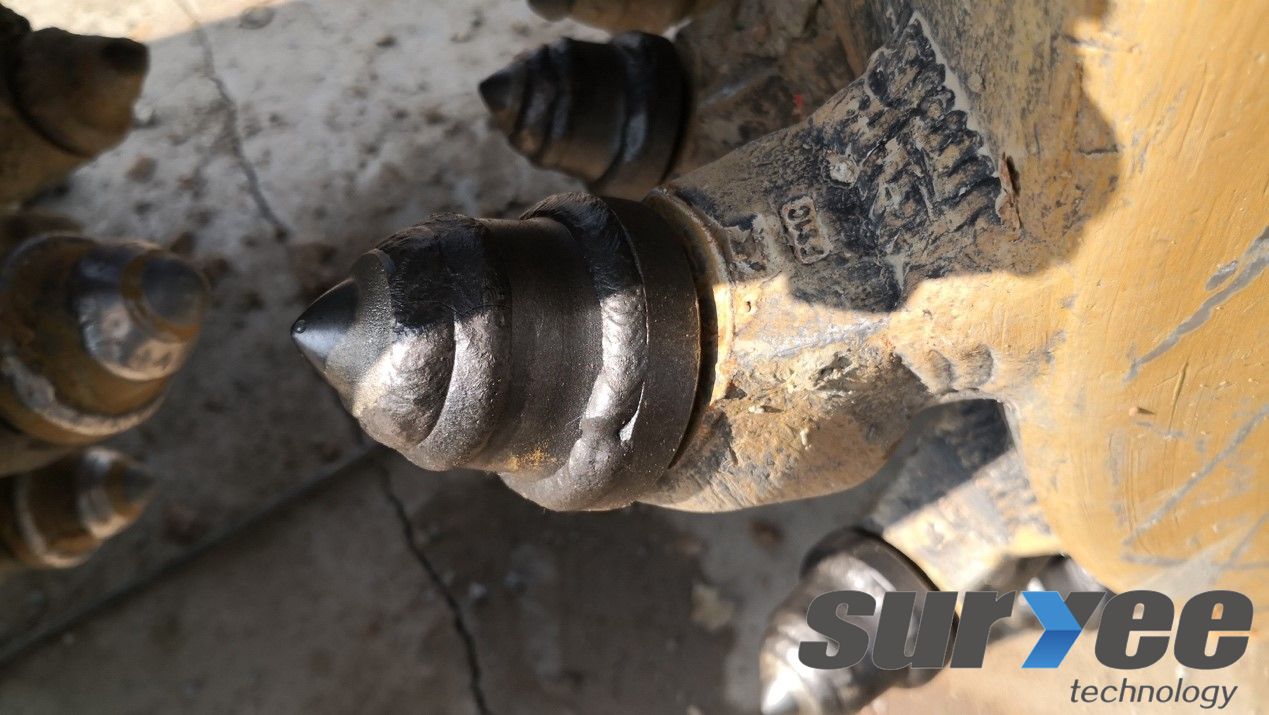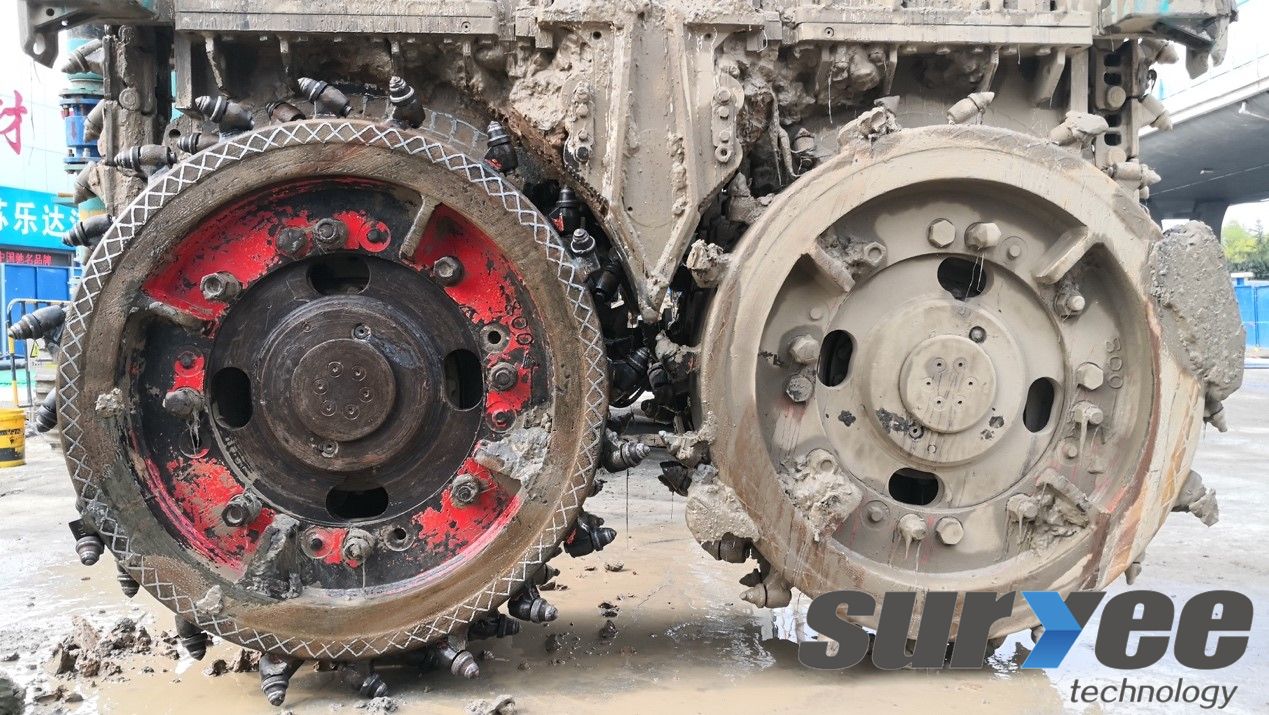2020 官網(wǎng)升級中!現(xiàn)在您訪問官網(wǎng)的瀏覽器設備分辨率寬度低于1280px
請使用高分辨率寬度訪問。
Cutting teeth are one of the vulnerable parts in excavation machinery, and their performance directly affects the production capacity, power consumption, smooth operation, and the service life of other related components of the excavation machinery. The pick is made by brazing the hard alloy cutting head and alloy steel cutting body. A wear-resistant welding layer is deposited along the circumference below the tooth body of the pick cone (hard alloy cutting head) to solve the problem of rapid wear and failure of the pick during the coal mining process. For various working conditions and types of wear, only by using appropriate welding alloys can the service life of the parts be effectively improved.
Using wear-resistant welding wire to coat an alloy wear-resistant layer on the end of the shearer's cutting teeth, the final thickness of the wear-resistant layer is 1.5-2mm. After testing, the average microhardness of the cutting teeth is HV800, and the Rockwell hardness is HRC65, greatly improving the wear performance of the shearer's cutting teeth wear-resistant layer and significantly improving the service life of the cutting teeth. Compared with other process methods for obtaining the wear-resistant layer of the cutting teeth, the scheme of using wear-resistant welding wire to repair the cutting teeth of the coal mining machine is worth promoting, and its application prospects are promising.

